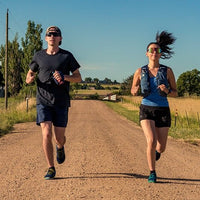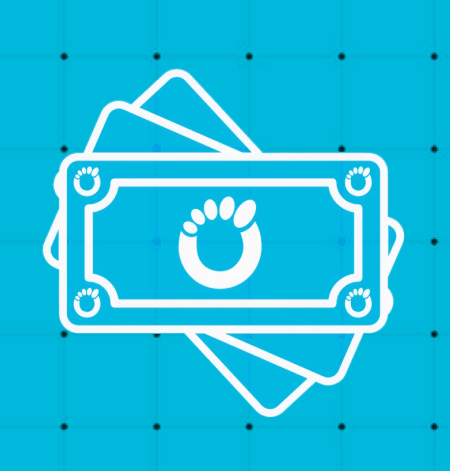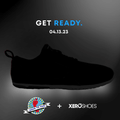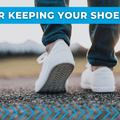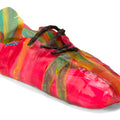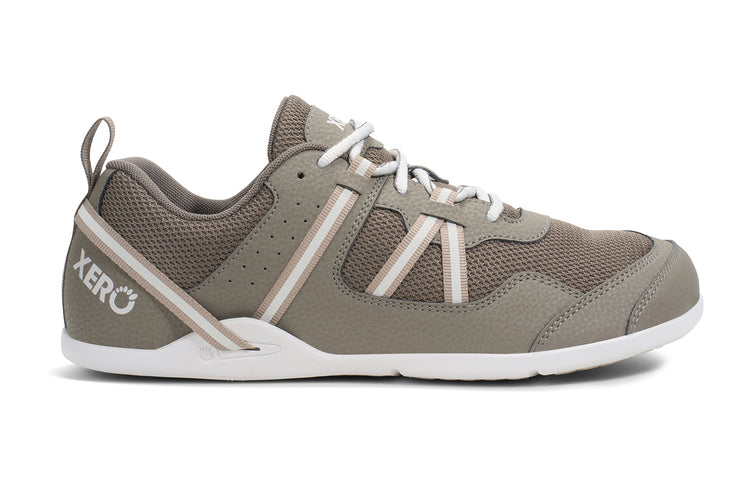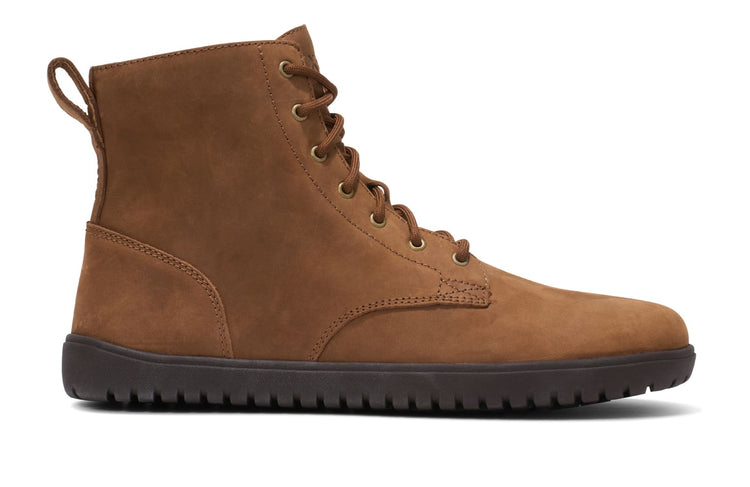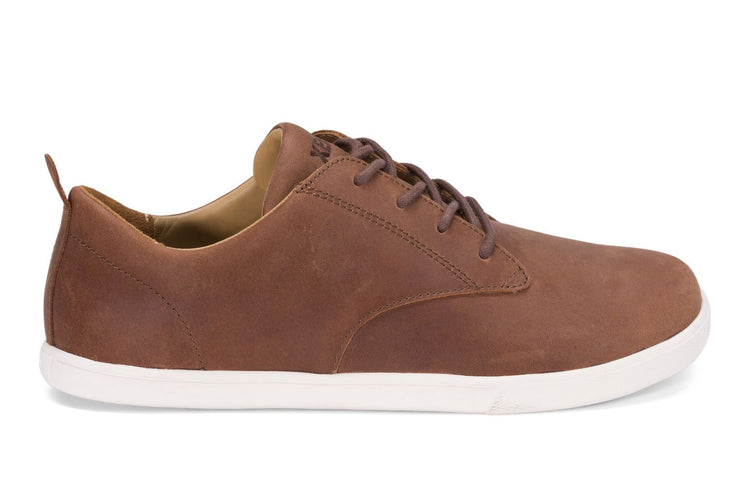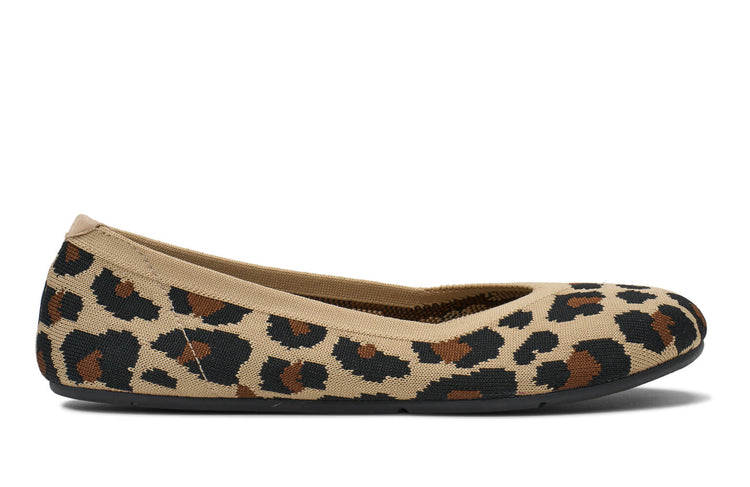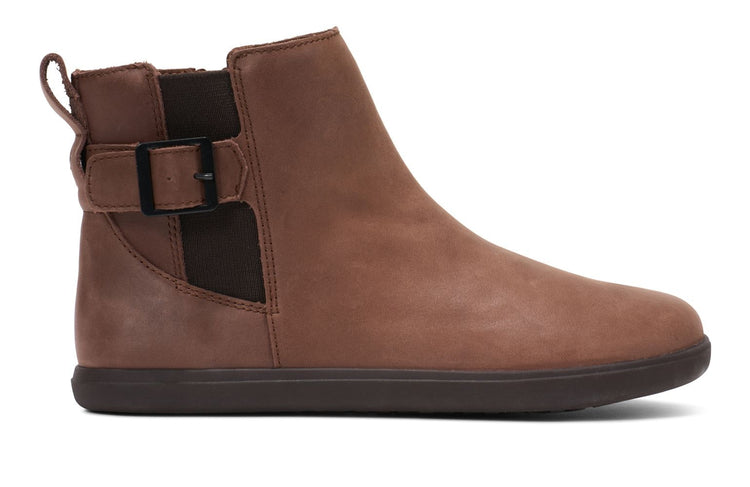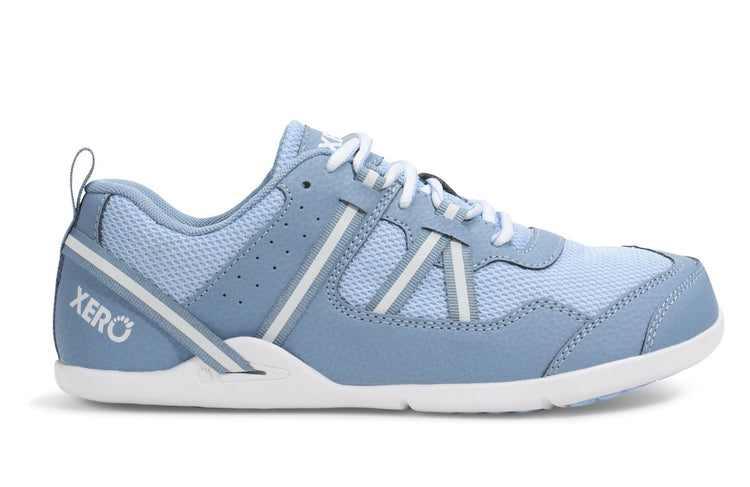
Huarache Running Sandals of the Tarahumara - Kits and Custom huaraches
Okay, so the big question is, "WHY use huarache, the Tarahumara running sandals?"
The answer is pretty obvious, but there are some important-yet-surprising pieces to the puzzle.
The obvious answer about huarache is: It's the closest thing there is to barefoot running, without some of the hazards of barefoot running. Namely, you're adding a layer of protection to your feet that bare skin simply can't give you, no matter how well conditioned your feet are.
Especially with the 4mm Vibram Cherry sole material we use in our huarache kits and custom huaraches, you get what I like to call "better-than-barefoot." The soles are so flexible it's like having nothing on, so light, you barely notice them... except it's blissfully clear that you're not getting scraped up, cut up, scratched up and dirty like you would if it was just your tootsies on the ground.
That said, I'm not going to say "Don't run barefoot and run with huarache running sandals instead!"
Why not?
Well, because running barefoot gives you more feedback than running with ANYTHING on your feet.
If you want to know how efficient your form is, go barefoot and you'll know (that is, if it hurts, you need to change something!).
If you want to know if you could be running lighter or easier, go barefoot and you'll find out (did I mention: if it hurts, you need to change something?).
Conversely, putting ANYTHING on your feet, including huarache sandals, can mask some improper technique, give you the illusion that you're better than you are and, possibly, lead to overtraining. Especially at first.
That said, since it takes awhile to develop that new barefoot running technique, and since it takes a while for your feet to get conditioned (btw, they do NOT get calloused), I recommend a mix of barefoot and huarache running.
In fact, what I often do is carry my huaraches with me when I go out barefooting. And if my feet start to get a bit sore, and I'm still a ways away from home, I'll slip on my huaraches for the 2nd half of the run.
Or, I'll warm up in my huaraches, and then slip 'em off (using the method of how to tie huarache sandals here), and take off from there.
Oh, if I'm on serious trails -- and by serious, I mean a lot of rocks, twigs, etc. -- then it's all huarache, all the time.
